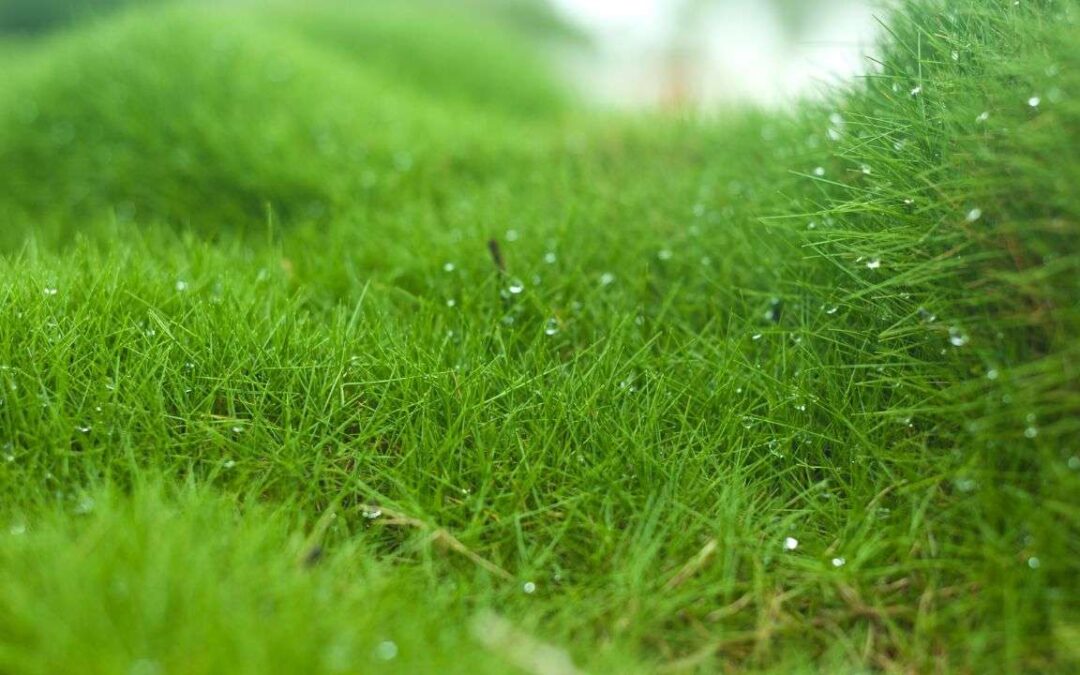As a homeowner, choosing the right type of grass for your lawn can be a daunting task. With so many different types of grass to choose from, it is important to understand not only the benefits and drawbacks of each variety but also which one is best suited for your climate and area.
Refine Your Options
The location of your residence plays a paramount role in determining the performance of grasses.
Southern Zone
When looking to plant grass in the Southern Zone, a popular option is Bermuda grass. This type of grass is known for its versatility and can grow in almost any soil type, including heavy clay soils. It also has good drought tolerance and will come back quickly after extended periods of dry weather. Despite its durability, Bermuda grass requires regular watering and fertilization in order to stay healthy and maintain its lush green color.
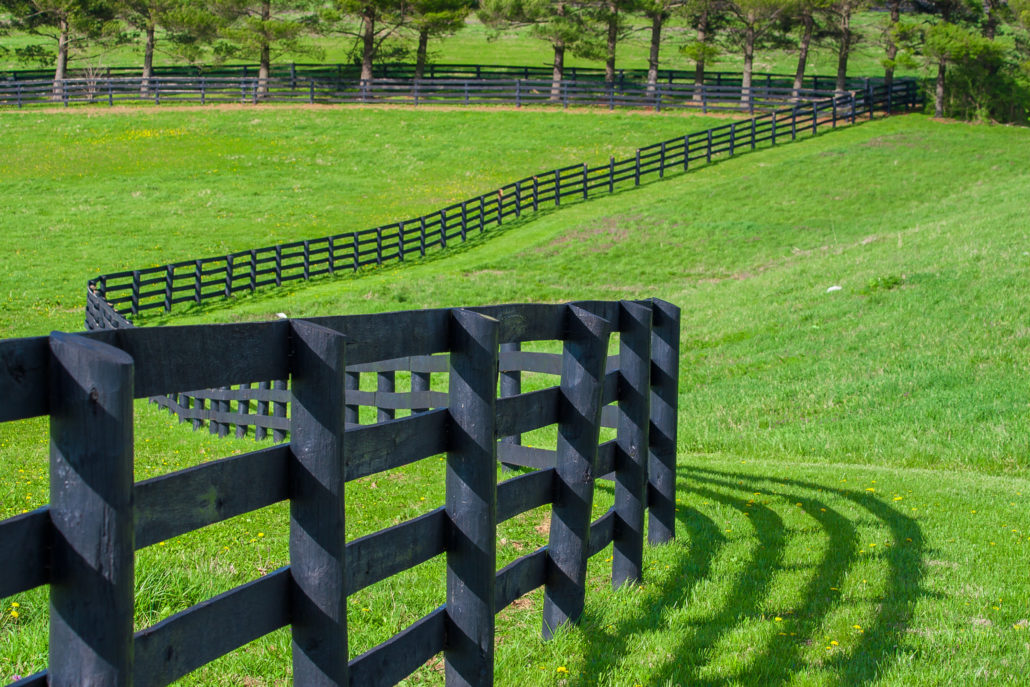
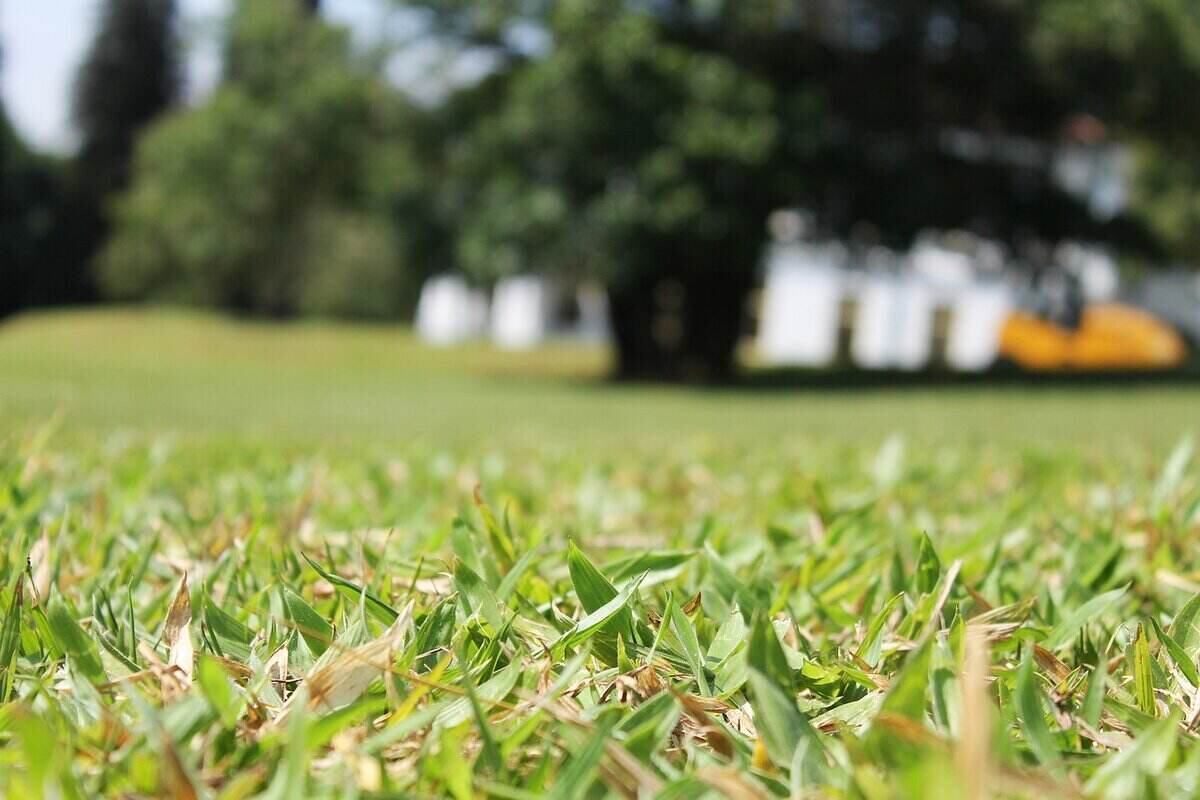
Transition Zone
The transition zone is a difficult area for grass to grow in, as it can experience both cold winters and hot summers. Tall fescue is the best choice for this type of climate, as it has good drought tolerance but also does well in cooler temperatures. Additionally, tall fescue requires less maintenance than other types of grass as it is more resilient to disease and requires less frequent mowing.
Northern Zone
In the northern zone, cool-season grasses are the best option due to their tolerance for cold temperatures. Kentucky bluegrass is one of the most popular choices in this region as it has good shade tolerance and a deep root system which makes it more drought tolerant than other types of grass. Additionally, Kentucky bluegrass requires regular watering and fertilization in order to stay healthy and maintain its lush green color.
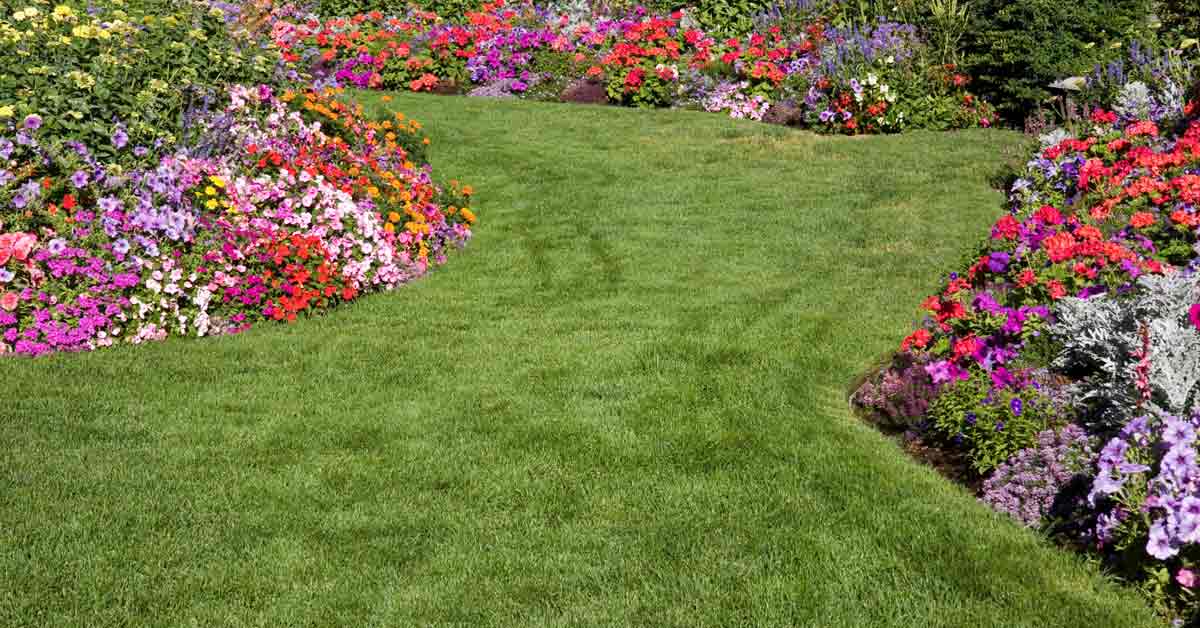
Consider The Location/Site
There are many considerations to take into account when choosing the right type of grass for your lawn. One important factor to consider is the site conditions where you plan on planting the grass. The amount of sunlight, soil texture and pH levels can all play a role in how well the chosen grass will grow and thrive in that particular location.
Sunlight
Sunlight is essential for lush, healthy grass growth and it’s important to determine how much sun the lawn area receives in order to select an appropriate grass type. For instance, some grass varieties need full sun exposure while others can tolerate some shade.
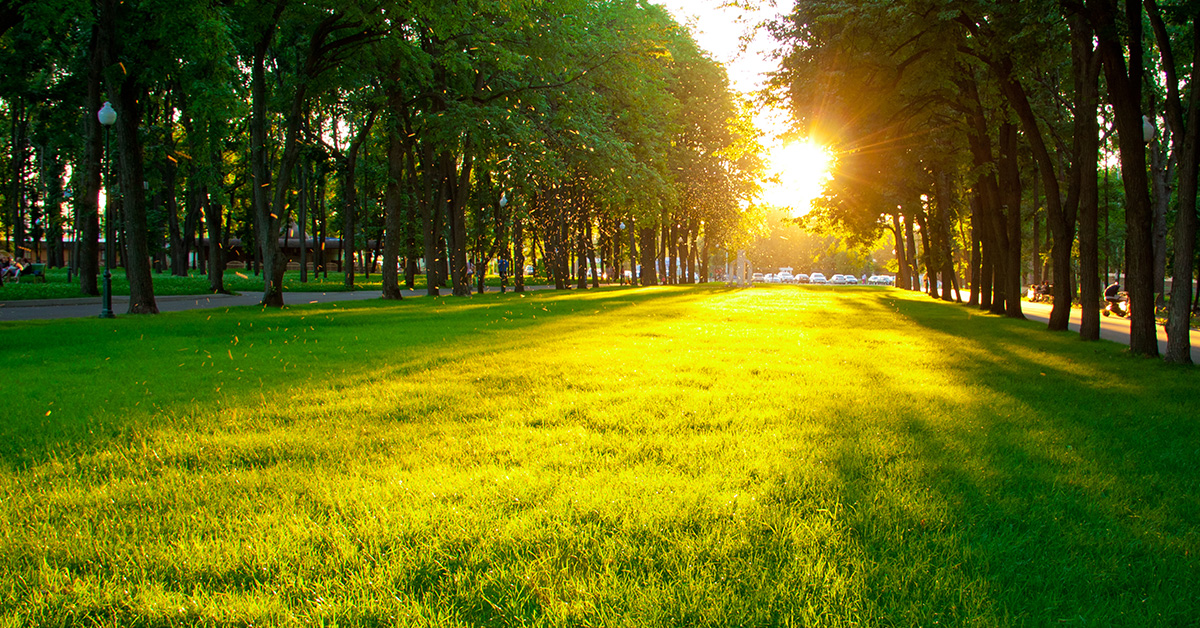
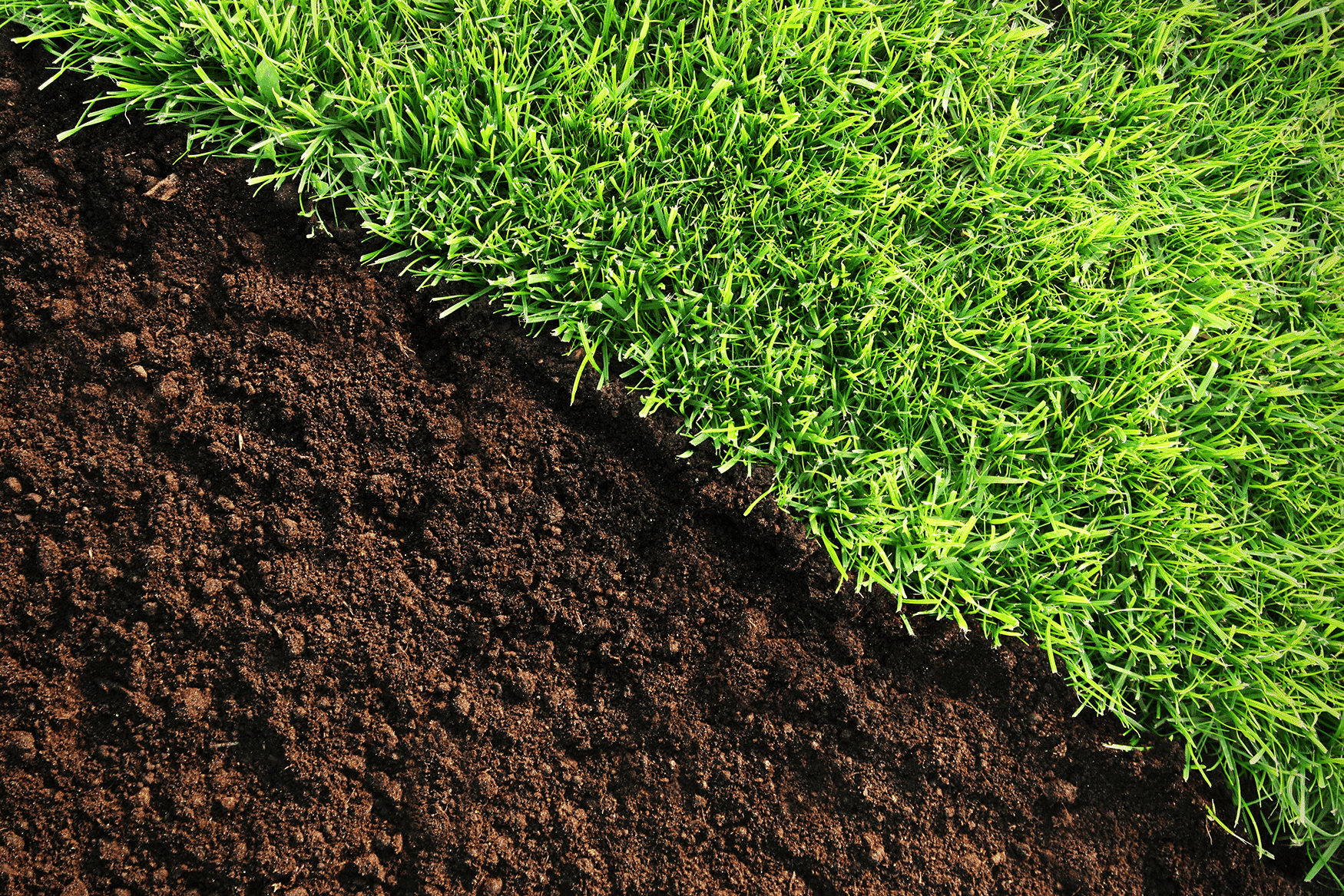
Soil Texture
It’s also important to examine soil texture before planting a lawn. Different types of grasses have different texture requirements so you’ll want to ensure that whatever grass variety you choose is compatible with the soil texture where you plan on planting it.
pH Levels
The pH levels of the soil should also be taken into account. Most grasses prefer an acidic soil while others may require a more neutral or alkaline environment. Make sure to check the pH levels before deciding on the right type of grass for your lawn.
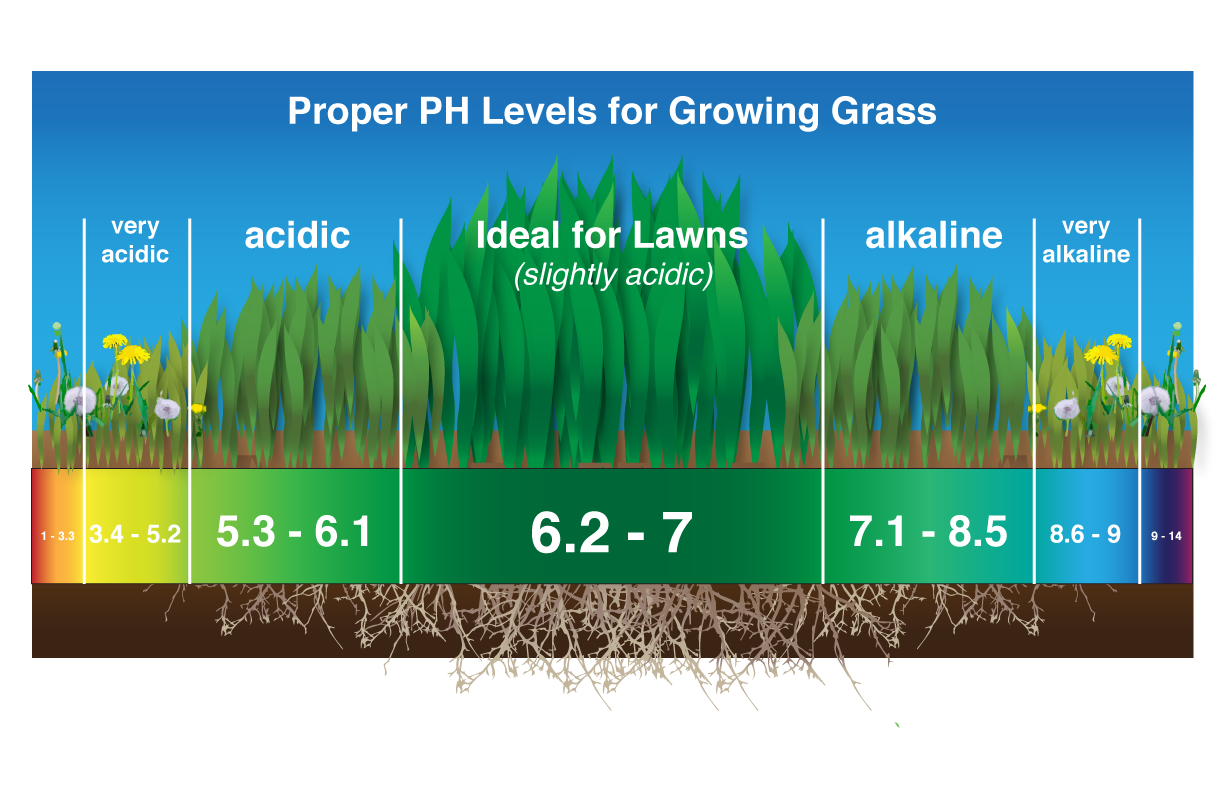
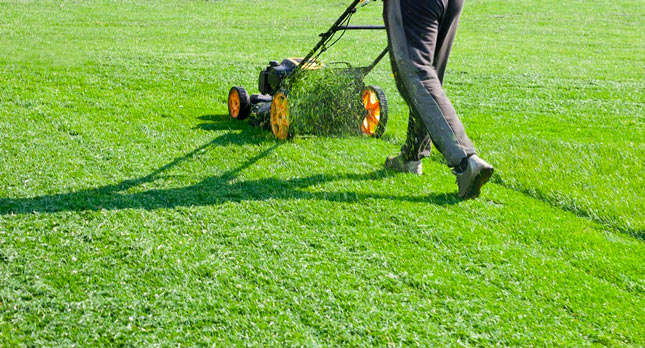
Maintenance
Finally, you’ll want to consider the amount of maintenance required for each type of grass that you’re considering. Different types of grasses require varying levels of watering, fertilizing and mowing. Take all these factors into account before selecting a grass variety so you can be sure to choose one that best fits your needs.
By taking all the site conditions into account when choosing the right type of grass for your lawn, you can ensure that your grass is planted and maintained in an optimal way for healthy growth and a lush, green lawn.
Does The Variety Of Grass Really Matter?
Yes, the variety of grass does matter when choosing the right type of grass for your lawn. Different types of grass have different characteristics that can affect how they perform in different climates and soil conditions. For instance, some types of grass thrive better in warmer climates while others do better in cooler ones. In addition, some grasses require more maintenance than others and may require more water or fertilizer to remain healthy.
Knowing which type of grass is best for your lawn can help you create a lush and green lawn that will last for years to come. Depending on the climate where you live, your lawn may require different types of grasses to thrive.
Cool-Season Species
Cool-season grass species are popular for their ability to thrive in temperate climates. These types of grass seeds for your lawn have adapted to withstand cold winter weather while still being able to maintain growth and color during the summer months. Cool-season grasses typically need more frequent watering than other types, but if cared for properly can be a great addition to any lawn. Here are some of the most popular types of cool-season grasses:
Kentucky Bluegrass
Kentucky bluegrass is one of the most common types of lawn grasses in North America. It thrives in cold climates and can withstand freezing temperatures. It has a deep green coloring and is tolerant to wear and traffic, making it a great choice for high-traffic areas. It needs plenty of water and fertilizer to stay healthy, so proper lawn care is essential for this type of grass.
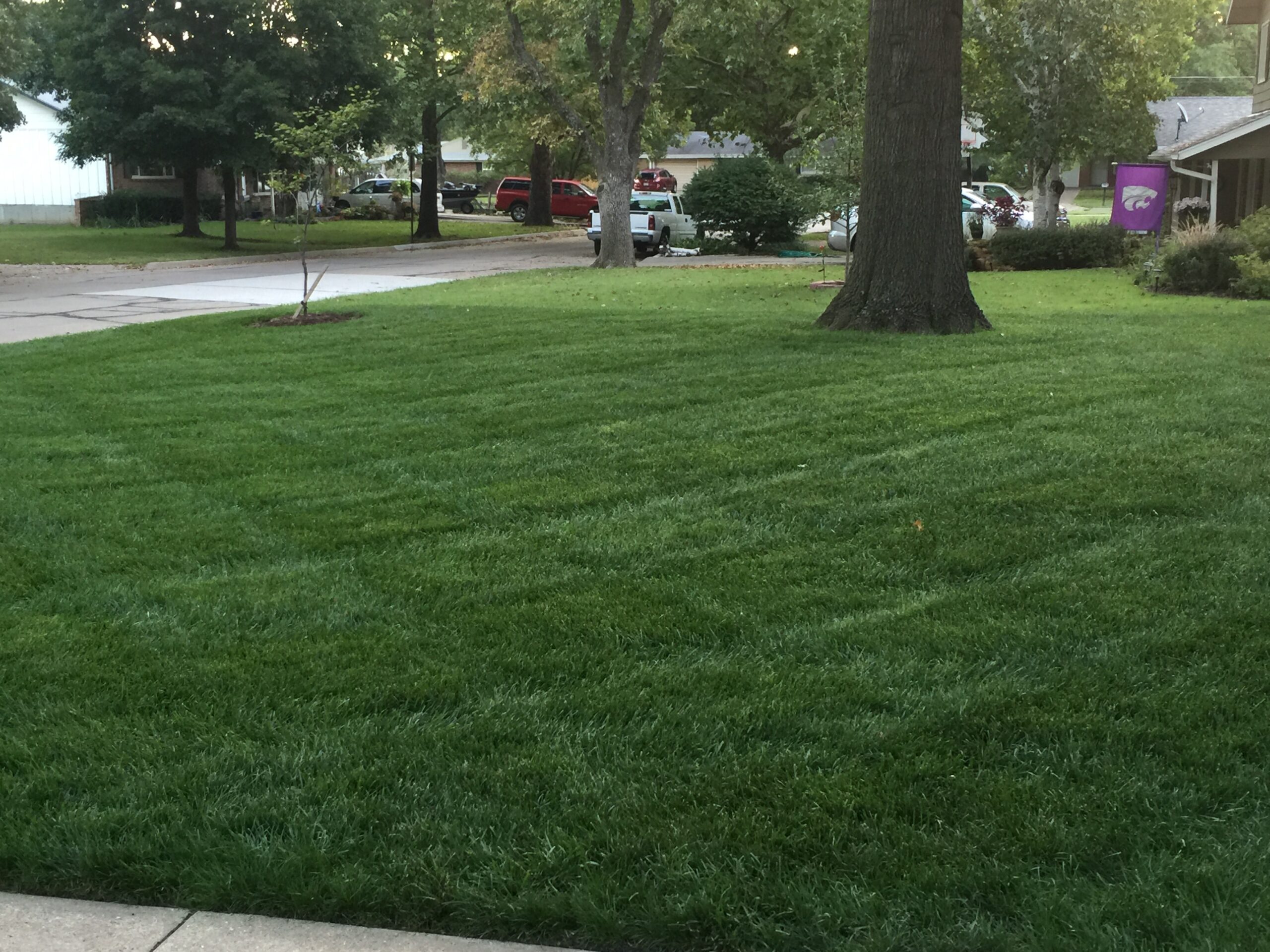
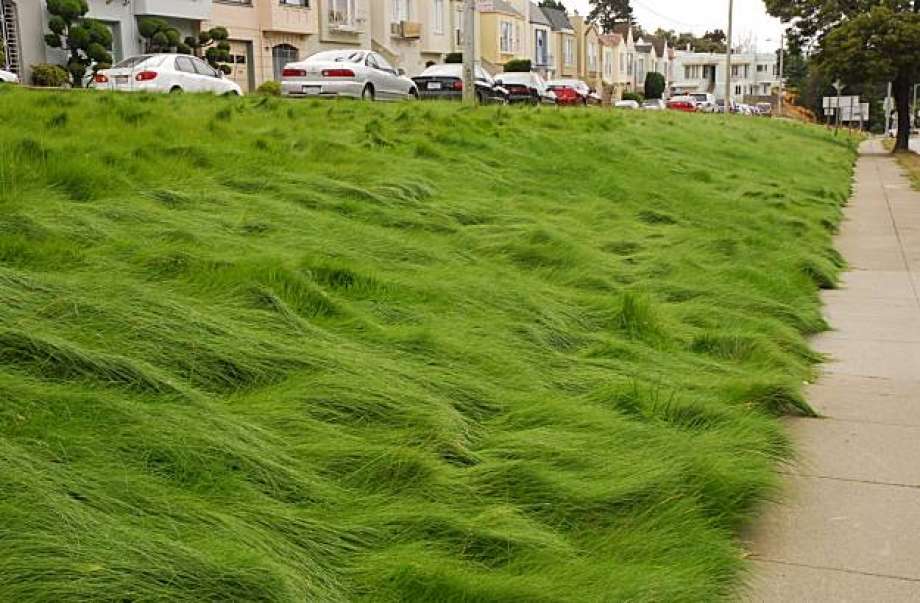
Fine Fescue
Fine fescue is a great choice for shady areas or high altitudes, as it can thrive in less ideal conditions with less sunlight than other types of grasses. It has a deep green color and is very drought tolerant, making it a great option for those with busy lawn care routines. It can crowd out weeds, so it can help keep your lawn looking fresh and healthy without much extra work.
Ryegrass
Ryegrass is a versatile grass that can be used in various climates. It grows quickly and is highly resistant to wear and tear, making it great for high traffic areas. It has a vibrant green color and can stay healthy with minimal watering. It’s also very low maintenance, so it doesn’t require much extra care or attention to keep it looking good.
These are just some of the types of cool-season grasses available for your lawn. Each has its own unique qualities and benefits that make it a great choice for any landscape. With the right type of grass, you can have a beautiful looking lawn all year round.
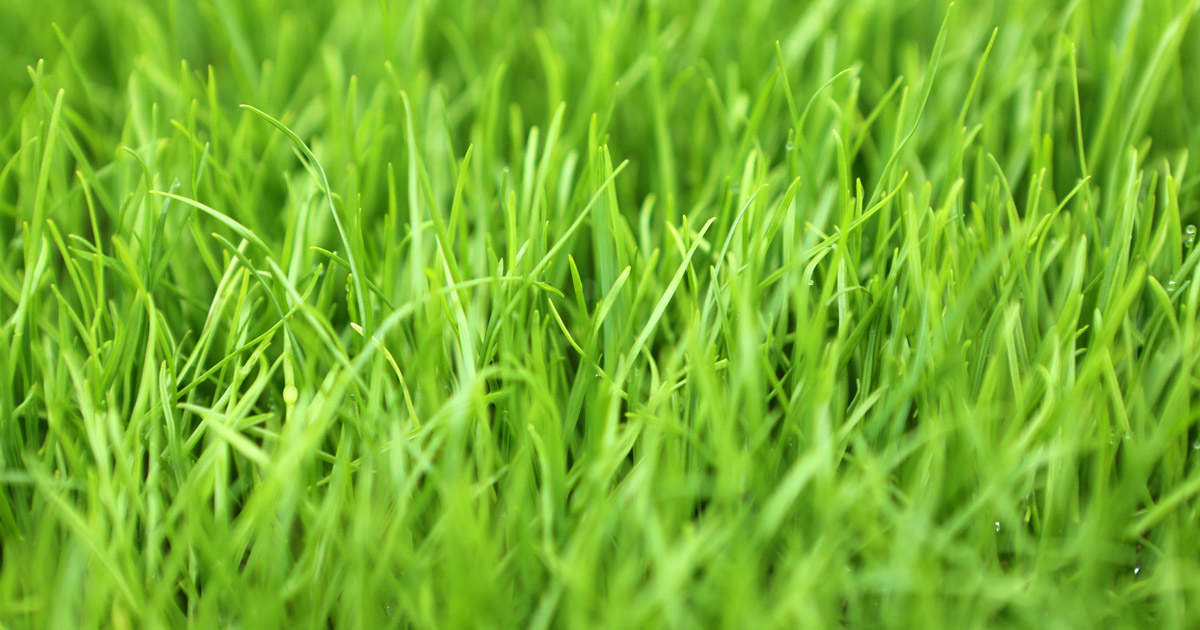
Warm-Season Species
Warm-season grasses are perfect for those living in the southern part of the United States. These hardy species are able to withstand hot and humid temperatures, as well as stand up to droughts better than other types of grasses.
If you live in an area with a warmer climate, warm-season grass is often the best choice for your lawn. The two most popular types of warm-season grasses are Bermuda and Zoysia, both of which have thick blades that can grow quickly and fill in patches of bare ground.
Bermuda Grass
Bermuda grass is a warm-season species of grass that makes an attractive turf often used in lawns and sports fields. Bermuda is known for its dark green color, rapid growth rate, and ability to stand up to heavy traffic. It also has excellent heat and drought tolerance compared to other types of turfgrasses.
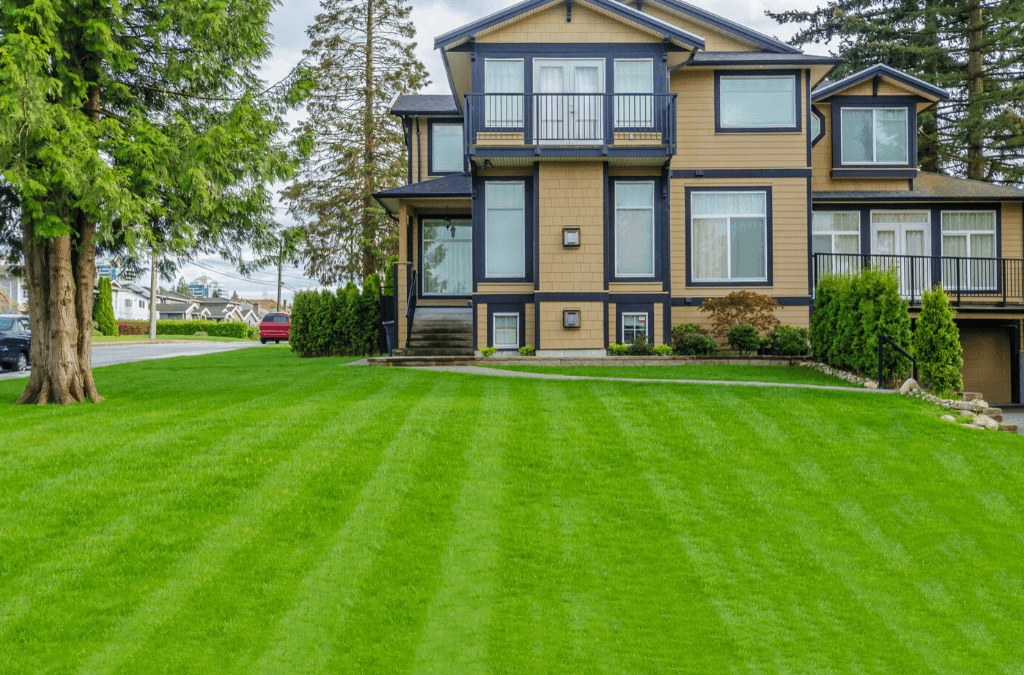
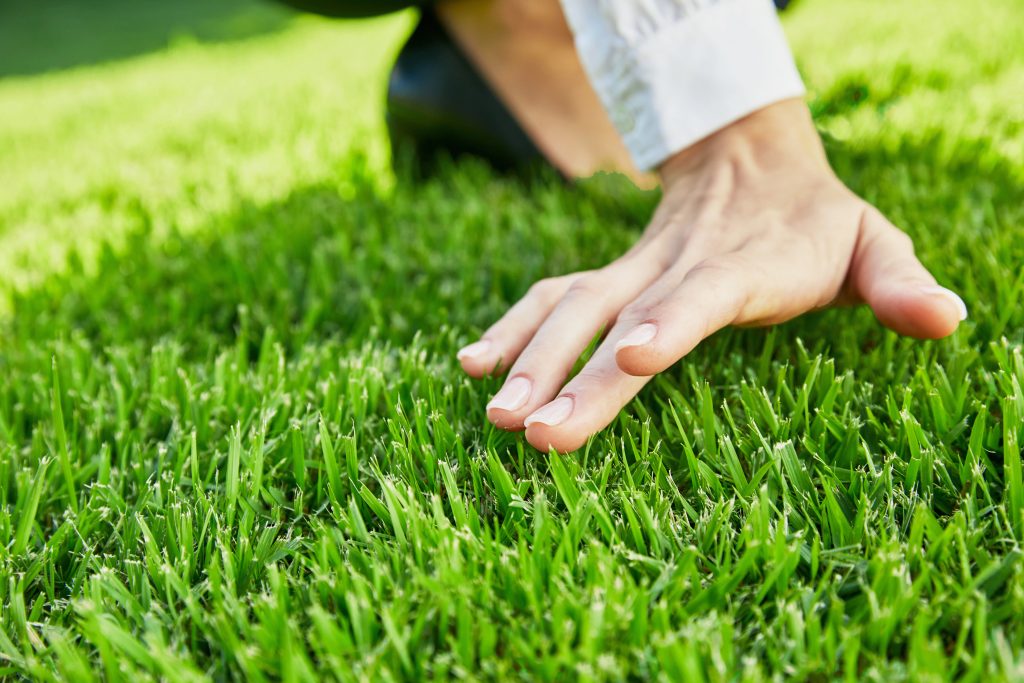
Zoysia Grass
Zoysia grass is another popular type of warm-season grass, and it can tolerate drought conditions better than other species. It also requires less mowing than other types of grass, making it a great choice for those looking to save time on lawn maintenance. This type of grass is also known for its resilience against disease and pests.
If you’re in the market for warm-season grass, be sure to research the types available in your area. Different species have different requirements and can vary dramatically in terms of their ability to withstand drought and other environmental conditions. Doing some research ahead of time can save you a lot of headaches down the road.
Foot Traffic
When it comes to choosing the right type of grass for your lawn, one factor that you should consider is foot traffic. If you have a lot of people walking on the lawn, such as children playing or adults gathering, then you will need to choose a grass that can handle lots of foot traffic. For example, Bermuda and Zoysia grasses are both known for their durability and can handle higher amounts of foot traffic.
On the other hand, if you plan to use your lawn primarily for aesthetic purposes, then a grass that requires less maintenance may be more suitable. For instance, grasses such as Kentucky Bluegrass and Fescue are good options since they require minimal upkeep and look great all year round.
When To Use Sod, Seed, Or Sprigs
When deciding which type of grass to use for your lawn, consider the amount of time you are willing to invest in caring for and maintaining it. Sod is usually the quickest and least labor-intensive option. It requires minimal effort and can be installed immediately. However, sod is more expensive than seed or sprigs because it’s already grown into a mature lawn.
Seed is a great option for those looking to save some money but still get a beautiful, lush lawn. Although it takes longer to establish than sod (typically two weeks or more), it can be planted over an existing yard and usually costs less than sod. It is important to water the seed regularly and maintain proper soil quality for best results.
Sprigs are another great option for those looking to cheaply and quickly establish a new lawn. Sprigs require less effort than seeding because they are already mature, creating fewer weeds and faster growth. However, it takes more time and labor as each sprig needs to be planted individually. Sprigs can also be expensive if you need to cover a large area due to the amount of labor and time required.
No matter what type of grass you choose, it’s important to regularly water, fertilize, and mow your lawn so it looks its best. This will make sure that your lawn remains lush and healthy for years to come.
Sunlight Vs. Shade
Sunlight, or direct exposure to the sun’s rays, can be beneficial for grasses that need more light in order to thrive. These types of grasses include warm-season varieties such as Bermuda grass and zoysia grass. Sunlight also encourages these types of grasses to spread more quickly.
On the other hand, shade can be beneficial for cool-season grasses such as Kentucky bluegrass and fescue. These types of grasses prefer cooler temperatures and less sun exposure in order to succeed. Keeping these grasses in partial or full shade will help them to thrive and stay healthy.
Frequently Asked Questions
What type of grass should I use for my lawn?
This depends on your climate and soil conditions. In general, you will want to look into warm season grasses like Zoysia or Bermuda, as well as cool season grasses such as Kentucky Bluegrass or Fescue. You can also look into native grasses, which have adapted to your local environment and are often low-maintenance.
What are the benefits of using a certain type of grass?
Each type of grass has its own set of characteristics that make it beneficial for different purposes. For example, Zoysia is known to be drought-resistant, while Bermuda provides excellent protection against wear and tear. Kentucky Bluegrass is a great choice for cooler climates, while Fescue is suitable for areas with heavy foot traffic. Native grasses are generally low-maintenance, so they require less work to keep them looking great.
Are there any disadvantages of using a particular type of grass?
Each type of grass has its own set of disadvantages, as well. For example, Zoysia does not do well in shady areas and can be difficult to establish. Bermuda is known to be invasive and needs regular mowing to maintain a neat appearance. Kentucky Bluegrass is susceptible to disease, while Fescue can become thin if it is over-fertilized. Native grasses may require more care in terms of pest and weed control.
Is it better to use a pre-made grass seed blend or create my own?
Using a pre-made grass seed blend is usually the best option for novice lawn owners. These blends are typically formulated with multiple varieties of grasses that work together to create a lush, healthy lawn. You can also make your own blend if you know what type of grasses work best in your climate and soil conditions.
What should I consider when picking the right type of grass for my lawn?
When choosing a type of grass, it is important to consider your climate and soil conditions. Additionally, think about how much maintenance you are willing to commit to, as different grasses require varying amounts of care. Make sure to research each type of grass and choose one that is best suited for your lawn.
What other steps should I take when creating a healthy lawn?
There are several important steps you should take to ensure a lush, healthy lawn. First, make sure your soil has the right pH level and is properly aerated. Additionally, it is important to fertilize your lawn regularly and adjust the amount depending on the type of grass you have chosen. Lastly, make sure to mow your lawn at the optimal height for your grass type and remove any weeds as soon as they appear. Following these steps will help keep your lawn looking great all year round.

